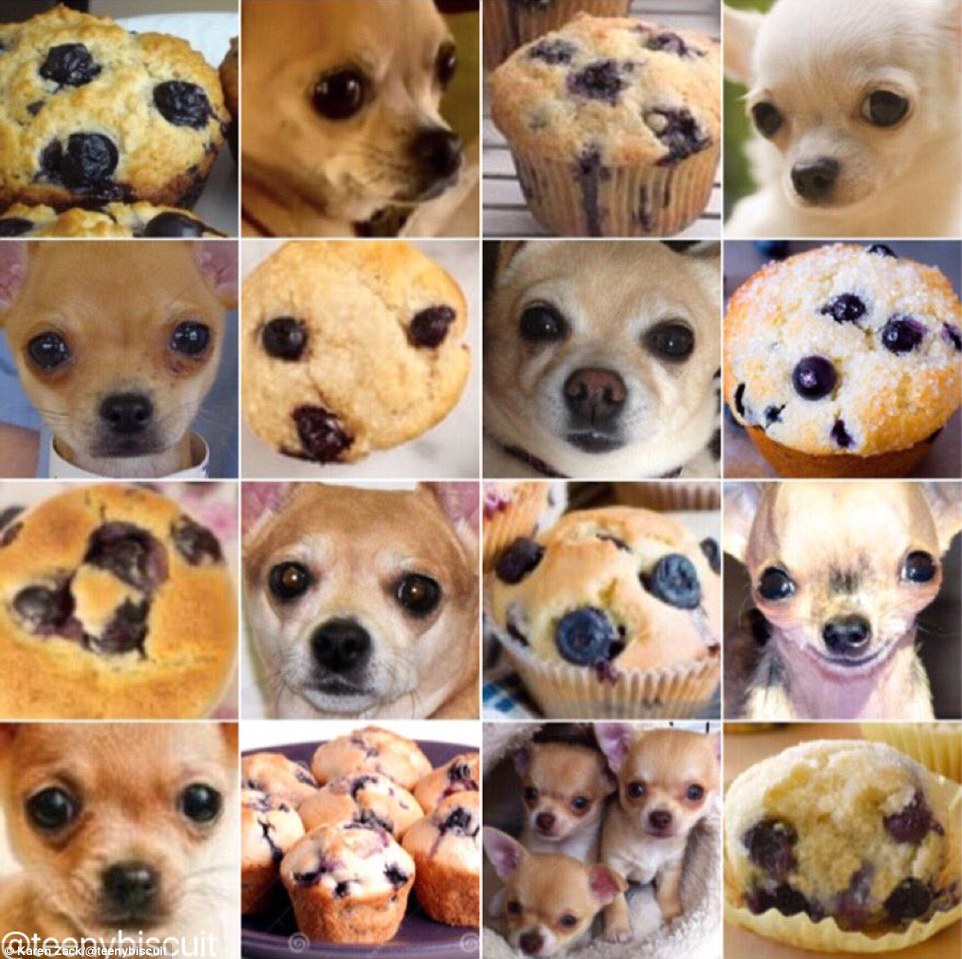Information in relation to computers can be described in at least two ways. The most popular notion of information stems from the 1940s’ Norbert Wiener concept, rooted in cybernetics. Information appears as a statistical property, where a time-series of measurement is created as mathematical entities. Shannon/Weaver accordingly discuss a signal, that is passed from sender to receiver. Information is defined as something that flows from A to B, encoded in a signal, that is differentiated from noise.
However, the cybernetic view of information and data comprises the idea of a black-box, where input and output can be observed, but the inner workings remain unknown – which in turn allowed for a problematic conceptualization of the computer being analogous to the human brain. The black-box concept again served as the basis for a control-machinery that could employ feedback-mechanisms to control processes.
The major problem with this in media theory widely used concept of information is, that it rootes information in the signal, and ignores the question of meaning.
In contrast Markus Krajewski (Krajewski 2007; Krajewski 2011) developed a spatial notion of information, where information consists of data placed in a spatial dimension accessible through diagrammatic operations of the human brain. He starts out from the librarians’ folio in the 1700’s which gets cut into single sheets (or later cards) to hold information on each book, diverted through the use of space-between and typography specific to the data. The form of the table further evolves into the punched card, from where tape and disk-memory as spatial organization emerged. Since this historical process brings data in formation, information with Krajewski is actually in-formation.
While Wieners notion of information is closer situated to the command-and-control structures of war effort and to the cybernetic idea of feedback loops that should turn towards a state of equilibrium, Krajewskis in-formation is more rooted in bio-political techniques of statistical data collection and evaluation in bureaucratic and managerial practices. Both positions describe two ends of a continuum: While Wieners notion of signal, data, model and information refers to the machinic organization within today’s computing machinery, Krajewski’s notion of in-formation leans towards the the medial usage, that is shaped through the model, algorithms, code and database usage.
This supports a perception of in-formation, where everything is calculable and can be expressed through a model. The model is the decision about which part of reality get’s included as data and which part get’s discarded. In this sense data is, what get’s included or what gets excluded.
The latter notion of in-formation has the advantage that data and in-formation is not just simply there, as is the signal that is on or off, rather more the in-formation object is something that has been created through intertwined human labour and machnic agency.
Bibliography
For a critical examination of the black box concept in cybernetics see Galloway, Alexander R. (2011): »Black Boxes, Schwarzer Block«, in: Hörl, Erich (2011): Die technologische Bedingung. Beiträge zur Beschreibung der technischen Welt. Berlin: Suhrkamp Verlag, p. 267–280. ; English online at http://cultureandcommunication.org/galloway/pdf/Galloway,%20Black%20Box%20Black%20Bloc,%20New%20School.pdf
Cf. Galison, Peter. 1994. »The Ontology of the Enemy: Norbert Wiener and the Cybernetic Vison.« Critical Inquiry 21 (1): 228–66.
Krajewski, Markus: „In Formation – Aufstieg und Fall der Tabelle als Paradigma der Datenverarbeitung“, Nach Feierabend: Zürcher Jahrbuch für Wissensgeschichte: Datenbanken, Diaphanes 2007, S. 37–55.
Krajewski, Markus: Paper machines – about cards & catalogs, 1548-1929, Cambridge, Mass: MIT Press 2011 (History and foundations of information science).












